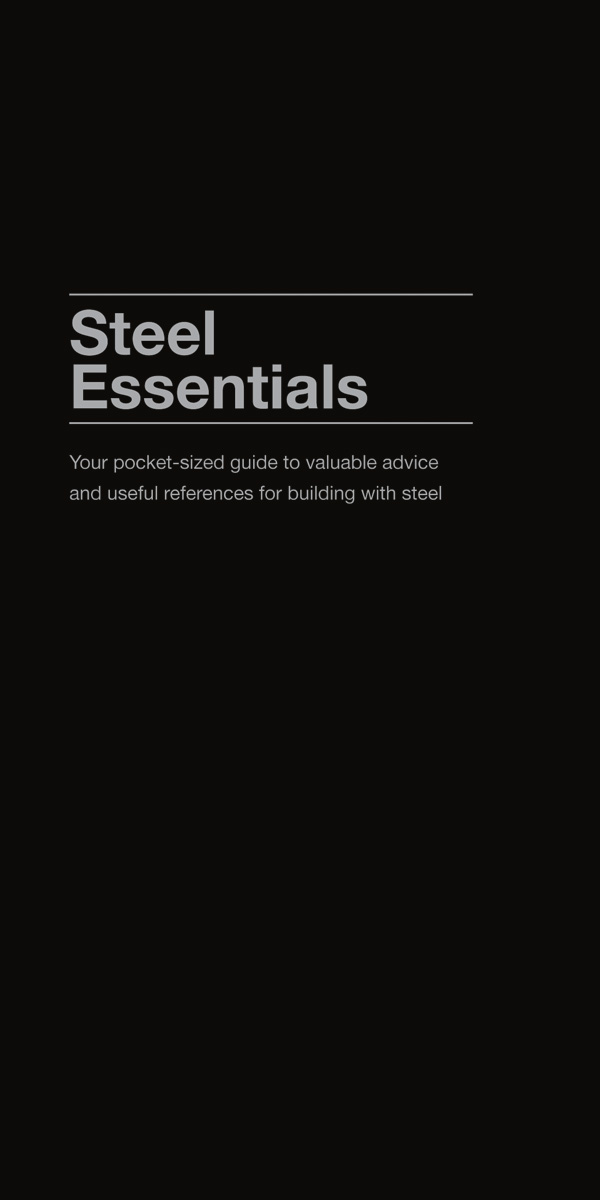News
Eurocode safety factor victory promises more economic steel buildings
Steel structures designed to the new Eurocode EN 1993 will be lighter and more efficient thanks to a successful battle by the Steel Construction Institute over factors of safety.
SCI has persuaded ministers that the UK should adopt the recommended factors of safety for materials, overruling the ‘no-change’ brigade who wanted to adjust them to neutralise the effect of the new code. The potential improvement in design efficiency over the old code, BS5950, is expected to be around 6% to 8%, which compares favourably with profit margins in the steel fabrication industry.
The industry has complained that the cost of implementing the codes, including training and dissemination of the changes, could run into millions of pounds.
SCI Director Dr Graham Owens said: “There will be worthwhile economies for designs governed by gravity loads. This will be an important driver for implementation of the Eurocodes, especially for design and build projects.”
The economy arises from the fact that the factors of safety for dead and live loads in Eurocode 3 are lower, at 1.35 and 1.5 respectively, than the values in the old code of 1.4 and 1.6. The recommended factor of safety for materials, γm, remains at 1.0.
However, γm is a ‘nationally determined parameter’ for which individual countries are not obliged to adopt the recommended value. Civil servants and the British Standards Institution had planned to adopt a γm of 1.05 to 1.1 to make the new code neutral compared with BS5950.
“That would have meant that after all the efforts the industry had put in to developing the new codes, there would have been no benefit,” said Dr Owens. “It’s been a sustained fight to get back to unity [ie to a value of 1].” It was not until he raised the matter with Construction Minister Nigel Griffiths at a meeting of Co-construct that he began to make progress.
BCSA has been awarded the contract from the Office of the Deputy Prime Mininster (ODPM) to draft the National Annex to EC3. An agreed document on ‘Development of the National Annexes’ to the Eurocodes, the documents that will specify the nationally determined parameters, says that recommended values should be adopted where differences between the old and the new are less than 10%. Recommended values should also apply where differences are greater but research data or the evidence of successful overseas practice justifies the change. National parameters should only depart from recommendations where neither condition is met. “We think that’s a reasonable outcome,” said Dr Owens.
The efficiency gains will apply to structures where wind loading does not govern the design, such as low rise office buildings. The situation for portal frames is more complex and has not yet been fully investigated.











